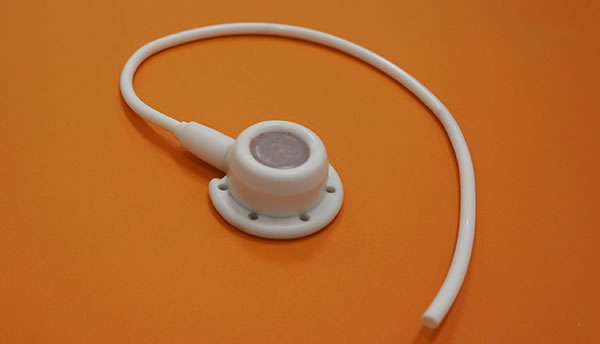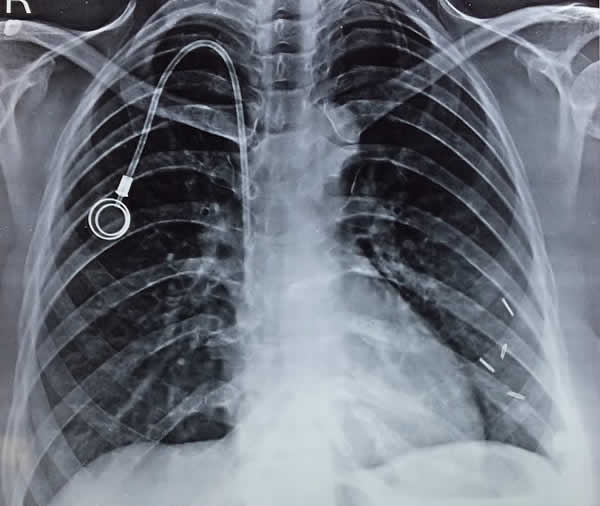Is it necessary
to put in a ChemoPORT?
"A ChemoPORT is an 'Medical Appliance', which is implanted into the body by a surgery and is used to administer chemotherapy (instead of using an intra venous line on the hand)". Hmmm, sounds like a text book definition!
How is chemotherapy given?
Chemotherapy drugs are available as a 'powder'. They are dissolved in 'saline' and given through an 'intra venous line' in the veins on the hand. But once a vein is used to give chemotherapy, it becomes 'thrombosed' or 'hard' and is not possible to use again. So as chemo cycles go on, ultimately, veins become very difficult to find, and there is lot of pricking and pain for the patient. Apart from this, if a chemotherapy solution slides out of the vein, it causes a bad reaction on the hand and the skin becomes read and then black and hard, like leather. To avoid this, a chemoport is helpful.
So lets discuss a few things about this chemoport:
What is a port and when is it inserted?
What problems can come up with port?
When is the port removed?


